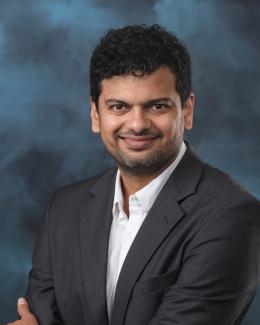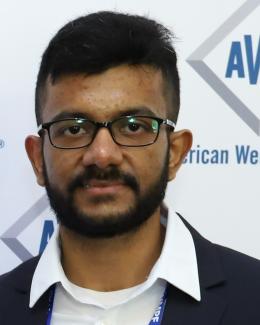Abstract
Computer aided manufacturing (CAM) techniques for directed energy deposition (DED) affect the material properties of the manufactured component based on the scan strategy used. This research investigates the material characteristics of turning-style toolpath strategies to generate axisymmetric components with additive manufacturing (AM), referred to in this research as additive turning. This novel approach leverages existing CAM technology for turning, where the component rotates around a stationary cutting tool, to generate toolpath trajectories for DED with varying wall-thicknesses and controlled deposition angles. This strategy allows for entire components to be deposited in one continuous deposition, resulting in reduced cycle-time and improved material usage efficiency compared to conventional AM strategies where the beam is switched off at the end of every layer. Results from this study show that the use of additive turning can produce over 99 % dense components with less variation and anisotropy in texture and hardness, as well as a lower variation in elongation to failure when compared to conventional strategies. This research highlights that various CAM strategies could be deployed for AM to improve process efficiency or enable localized control over part performance.





